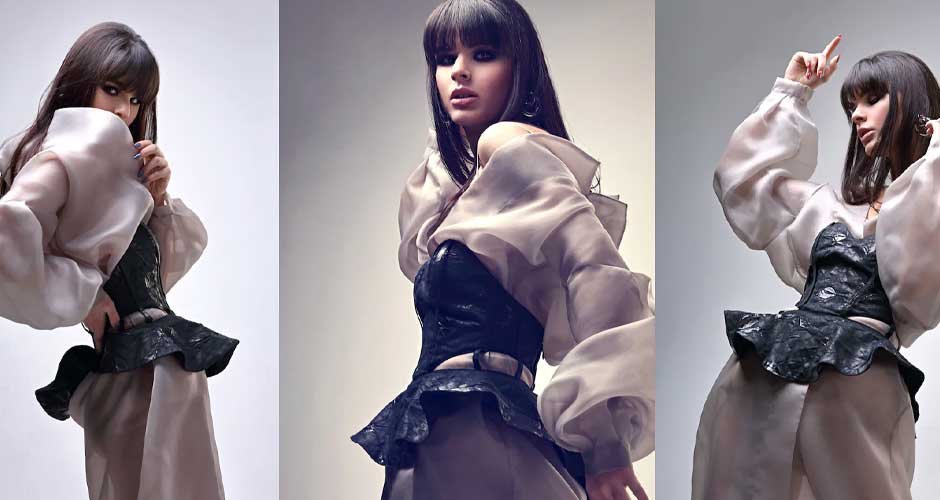The History and Evolution of Corseturi
Corseturi, the Romanian term for “corsets,” have a rich history spanning centuries. These iconic shapewear garments have fascinated women and fashion enthusiasts alike for their ability to accentuate curves and create an hourglass silhouette. Let’s delve into the captivating history and evolution of corseturi.
The Origins: From Functional Undergarments to Fashion Statement
Corseturi can trace their origins back to ancient civilizations, where they served functional purposes rather than solely being fashion accessories. In ancient Greece, women utilized a garment called “strophium” to support their breasts. Similarly, in ancient Rome, the “strophium” evolved into a more restrictive garment called “mamillare,” which was designed to flatten the bust and accentuate the waist.
It was during the Renaissance period that corseturi began to take on a more structured form. Women wore “stays,” which were boned garments that cinched the waist and lifted the bust. Over time, corseturi became increasingly elaborate, featuring intricate embroidery, lace, and decorative elements.
The Victorian Era: The Golden Age of Corseturi
The Victorian era is often considered the golden age of corseturi. During this time, corsets reached the height of their popularity and became synonymous with women’s fashion. Victorian corseturi were characterized by their tight-lacing and extreme hourglass shape. These garments were crafted with whalebone or steel boning and constructed with multiple layers of fabric for added support and shaping.
Corseturi in the Victorian era served both aesthetic and societal purposes. They emphasized the idealized feminine silhouette, accentuating the natural curves of the body while also signifying social status and refinement. However, the tight-lacing practices of the time were often associated with health issues, such as restricted breathing and organ displacement.
Modern Corseturi: A Fusion of Tradition and Innovation
In the 20th century, corseturi underwent significant transformations to adapt to changing fashion trends and societal norms. The early 1900s saw the emergence of the “S-bend” corset, which pushed the hips backward and accentuated the bust. However, as the concept of women’s liberation gained momentum, corseturi gradually fell out of favor in the 1920s, making way for more relaxed undergarments like bras and girdles.
In recent years, corseturi have experienced a revival in popular culture. They are now celebrated as fashion statements and empowering tools for self-expression. Modern corseturi feature innovative materials such as elastic fabrics, providing a more comfortable fit while still shaping the waistline and enhancing the bust. They come in a variety of styles, ranging from traditional Victorian designs to more contemporary interpretations.
The Role of Corseturi Today
In the present day, corseturi have found a niche as fashionable and versatile pieces of shapewear. They are often worn as part of special occasion attire or as undergarments to create a desired silhouette. It’s important to note that corseturi should be worn with caution and in moderation, as prolonged use or improper sizing can have adverse effects on the body.
While corseturi offer temporary body shaping effects, it is crucial to prioritize overall well-being and embrace body positivity. Corseturi should be seen as a form of personal expression and confidence rather than a strict requirement for beauty standards.
In Conclusion
Corseturi have come a long way from their functional origins to becoming iconic symbols of femininity and fashion. Through various historical periods, these garments have adapted to societal changes while retaining their allure and mystique. Today, corseturi continue to captivate and inspire, offering individuals the opportunity to enhance their natural curves and celebrate their bodies in their own unique way.
As we embrace diversity and body acceptance, it is important to recognize that corseturi should be worn responsibly and with awareness of one’s own comfort. Whether for fashion or personal expression, corseturi can empower individuals to embrace their individuality and confidently embrace their curves.
In the end, corseturi are a testament to the ever-evolving nature of fashion and our ongoing quest for self-expression and body positivity.



